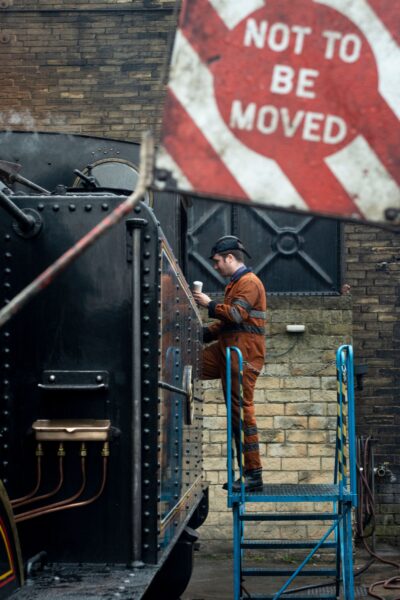The Bradford Sock Company
Pull up your socks and meet the people behind the yarn.
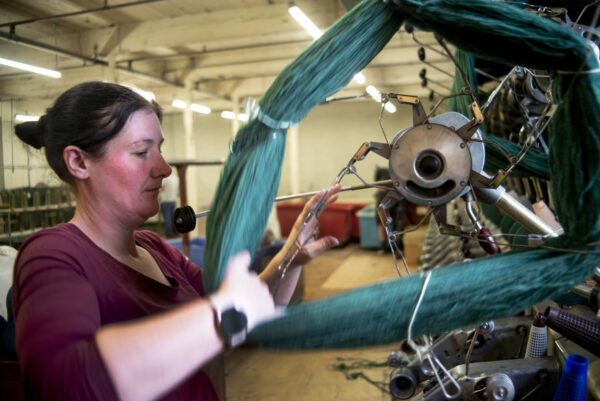
Published: August 14, 2025
Author: Tim Smith
Meet The People of Bradford in our digital series, created in collaboration with renowned documentary photographer Tim Smith.
Tim Smith’s photographs and creative work capture the social and cultural experiences of his subjects. In this unique series, we’re bringing together the lives and stories of real Bradford people with Tim’s captivating images.
These are the people of Edward Hill and The Bradford Sock Company – in their own words.

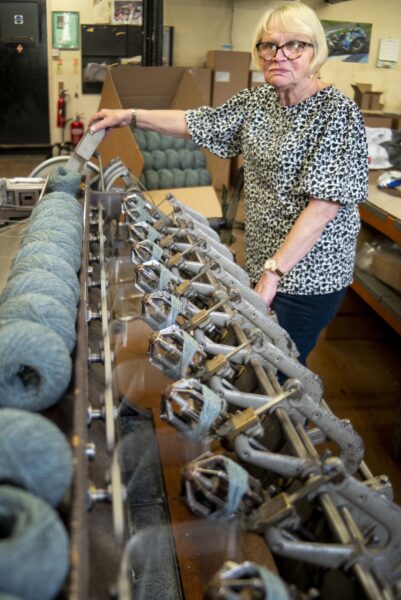


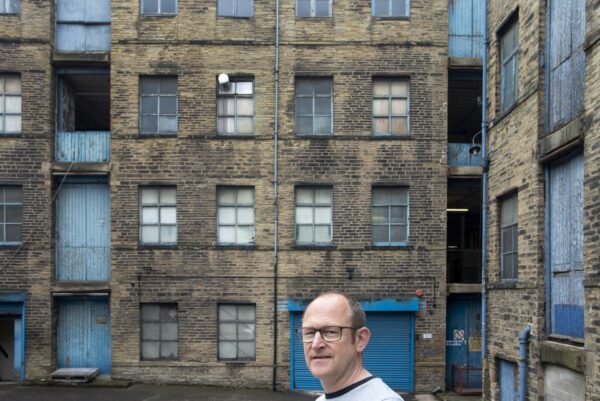
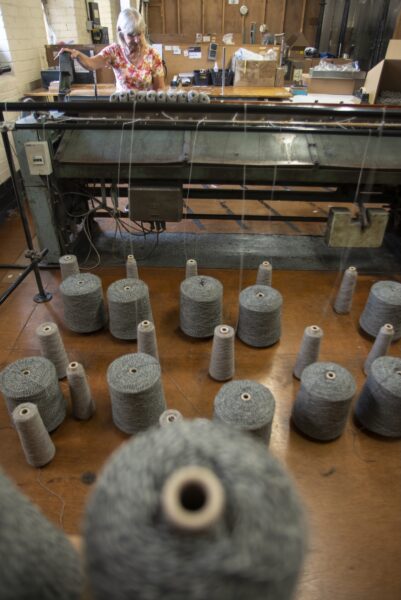
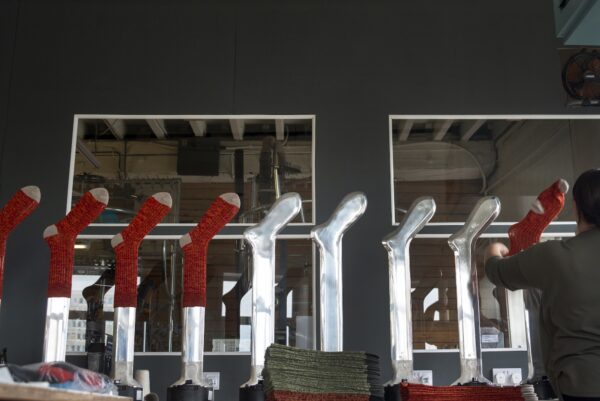


Mark Hill
The history of this building goes back to 1826. A guy called Thomas Hollins built it and ran it for a number of years with his sons. Various people have then owned it over the last 200 years, including Titus Salt.
Obviously Saltaire didn’t happen overnight. Before 1850, Titus Salt had a number of mills around here in Goitside, which runs alongside Thornton Road. Bradford Beck used to run alongside the mill, which first powered the mills along here. Titus Salt then bought a bit of land where the air was cleaner, which became Saltaire. I presume he sold all his mills around here and concentrated on the one spot, developing Saltaire with the houses, hospital, dance hall, and everything else that came with it.
He got into the alpaca trade and that’s where he made their money. He found this way of spinning alpaca, that’s when he was buying the rubbish and turning into gold. People couldn’t understand how it did it, and that’s what took him to where he got to.
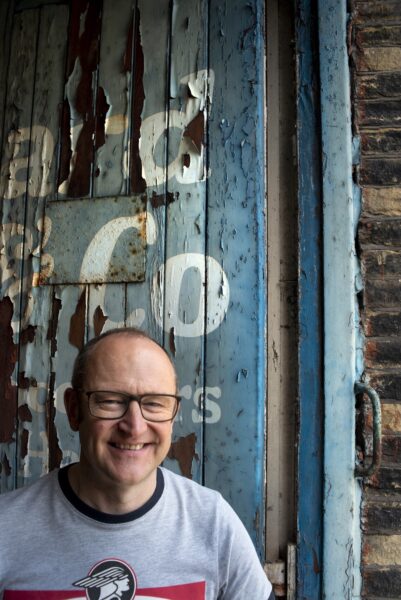
Nowadays we make balls of knitting wool. It’s all top end yarn. A lot of the cheaper stuff is done in Turkey, China and places like that, but if you’re wanting quality yarns that are made in Ireland, England, Scotland, then we do the finishing processes to make the ball with the band on it, all ready to go into the shops.
From there, we’ve developed similar lines – still yarn based, but using different machines, which means a different product comes out the other end. People sell our socks for £25 a pair in various shops down in London. We do small runs, we’ll make 25 pairs for somebody and they can choose their own colours. We get lots of little boutique shops that don’t want to spend thousands of pounds getting stuff imported when the quality is not as good.

This is a very niche product. You’ve got to go to the top end of the market and make a good product, as customers are quite happy to pay a bit more and get some wear out of them. Plus there’s a focus on the local.
James Sanders
This is the old mill, Hollins Mill, where my granddad worked, my dad worked, and now I work. My grandad used to own this place until ’83 when Mark’s dad bought it off him. My grandad worked here from early 1900s, starting when he was a wee boy, wool sorting. The wool used to go into the top floor and then work its way down as it was graded.
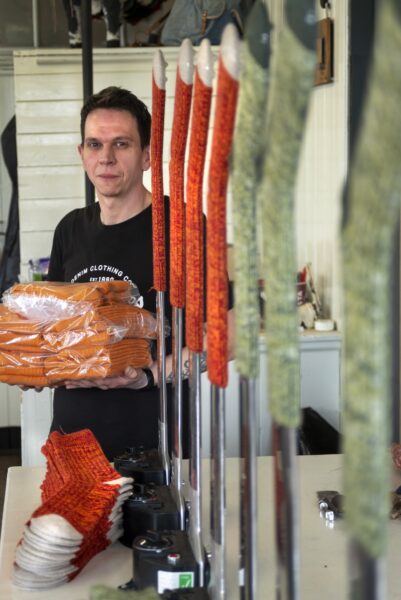
I saw Mark on TV, on BBC Look North, and asked my dad if that was the mill where he used to work. I then rang Mark to see if I could look around, and the next week he offered me a job. Crazy!
I’m both dogsbody and the manager of each department. The wool comes in as raw yarn, and then goes out to be dyed, comes back and finally goes out to the shops as 50 gram or 100 gram balls, used for crocheting, knitting jumpers, socks, anything you can imagine.
Susan Rigby
I’ve worked here twelve or thirteen years, mostly balling. After the steaming process, which relaxes the wool, it will come down here to be balled – all at different weights. All of it is knitting wool which goes into the shops.

I used to knit, but not very well. Not like my mother, she had to knit whilst she was watching telly, to keep her hands going.
